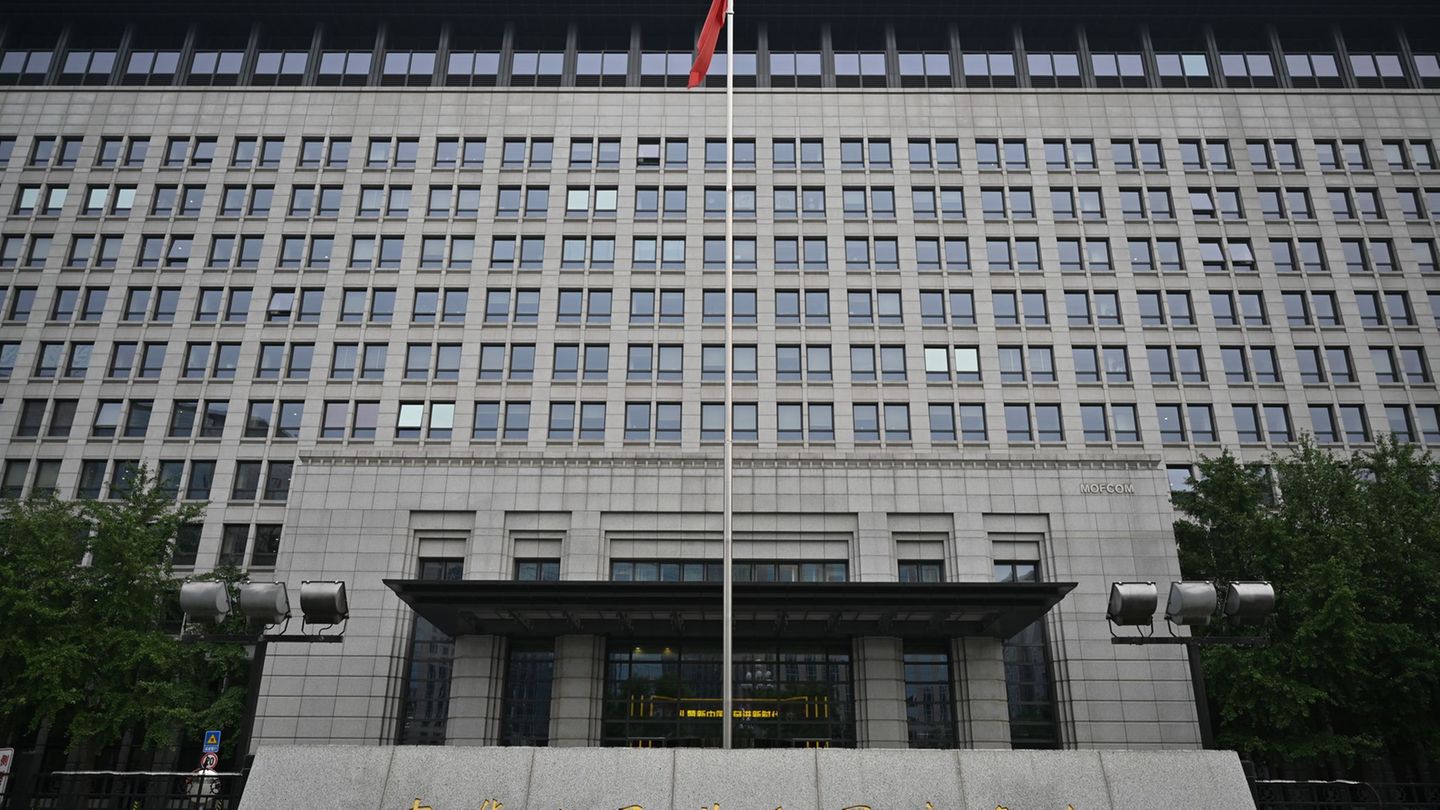I am an author and journalist who has worked in the entertainment industry for over a decade. I currently work as a news editor at a major news website, and my focus is on covering the latest trends in entertainment. I also write occasional pieces for other outlets, and have authored two books about the entertainment industry.
Menu
30th anniversary of the death of the Nirvana singer: Kurt Cobain, an unwilling rock saint
Categories
Most Read
Film star: US media: Hollywood star Diane Keaton dies
October 11, 2025
No Comments
The Netflix movie for mystery fans: a journalist will have to solve a tragic event
October 11, 2025
No Comments
Goodbye to a film legend: what Diane Keaton died of
October 11, 2025
No Comments
The magical destination of La Rioja that will conquer you with its beauty: a work of natural art at altitude
October 11, 2025
No Comments
Goodbye to a legend: actress Diane Keaton died
October 11, 2025
No Comments
Latest Posts

World Cup qualification: Nagelsmann defends Woltemade: “At some point he will score”
October 12, 2025
No Comments
PierceI am Pierce Boyd, a driven and ambitious professional working in the news industry. I have been writing for 24 Hours Worlds for over five

Trade dispute: China accuses USA of double standards after tariff announcement
October 12, 2025
No Comments
AngelicaI am an author and journalist who has written for 24 Hours World. I specialize in covering the economy and write about topics such as

Gas imports: Imports via German LNG terminals at record levels
October 12, 2025
No Comments
AngelicaI am an author and journalist who has written for 24 Hours World. I specialize in covering the economy and write about topics such as
24 Hours Worlds is a comprehensive source of instant world current affairs, offering up-to-the-minute coverage of breaking news and events from around the globe. With a team of experienced journalists and experts on hand 24/7.

